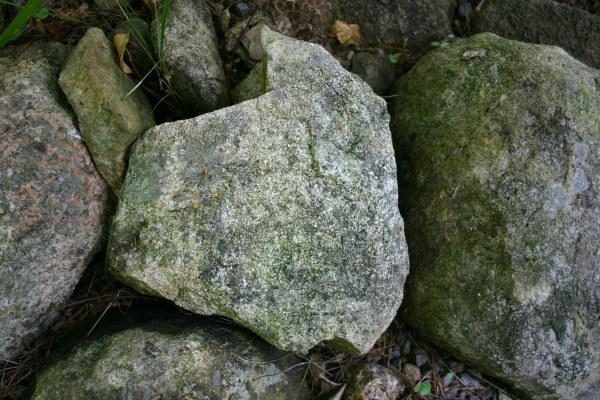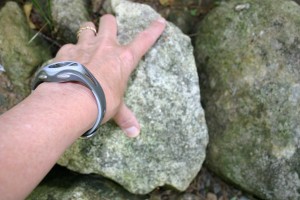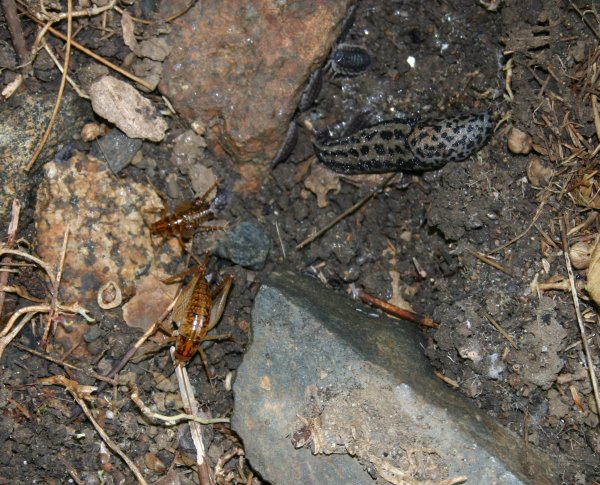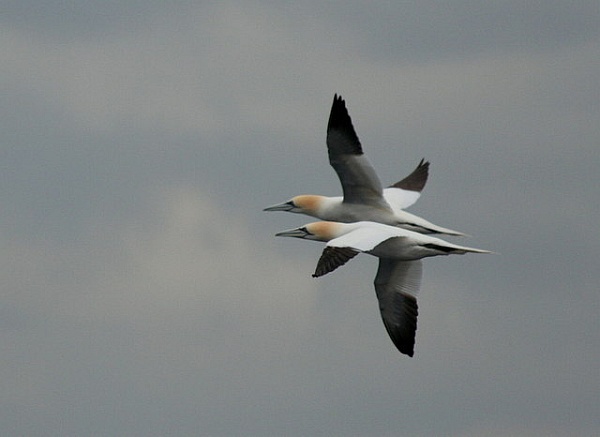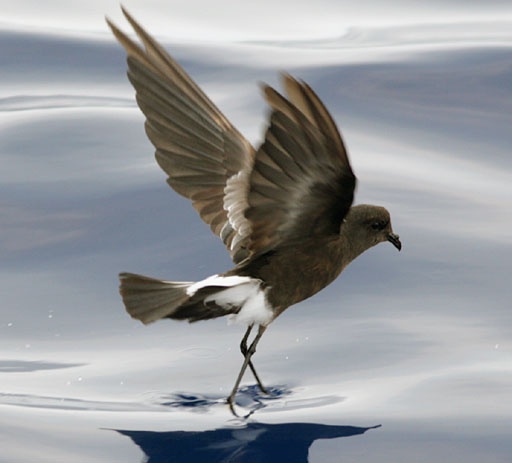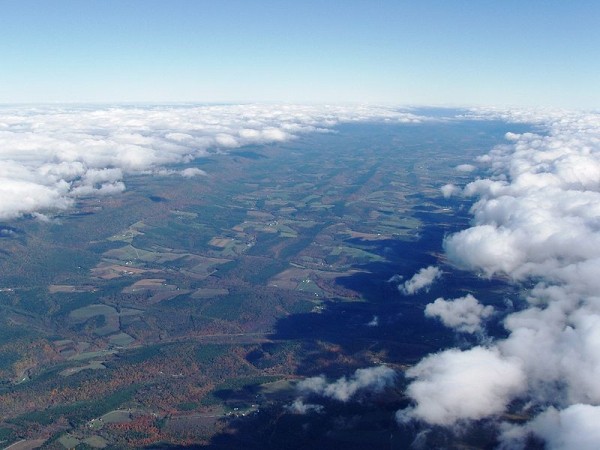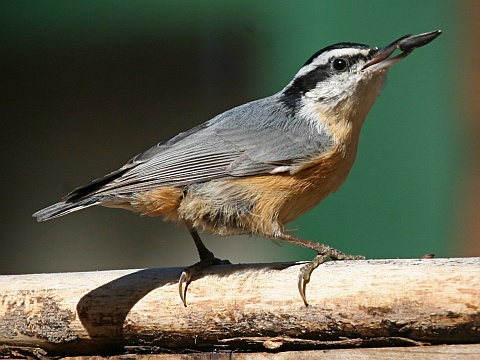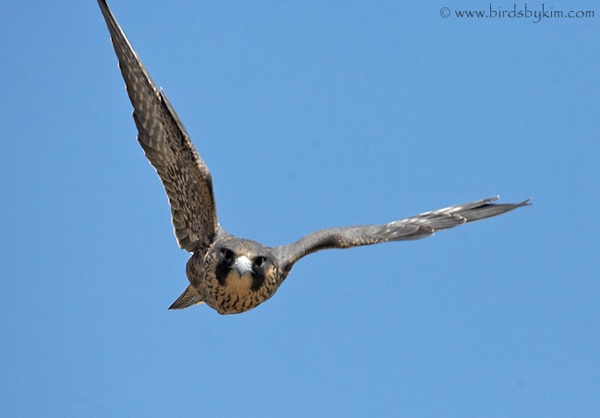
Last Wednesday in Maine I followed The Maine Birding Trail’s advice and visited Popham Beach State Park.
I arrived in the afternoon, two hours before high tide and just after the remnants of Hurricane Isaac had passed. The wind was strong, the waves were enormous, and the shorebirds were crowded on the last bit of sand above the high water mark.
There was so little space for the birds that I could sit near two resting flocks of sandpipers and plovers — all semi-palmated — and watch them closely as they preened and slept.
At one point they all looked behind me. Over the far sand spit a pale, juvenile arctic peregrine zoomed low and raised the shorebirds into tightly synchronized flocks that wheeled and turned as one. The birds near me hunkered down and watched him try to split a bird from the flocks so he could close in and capture it.
But he was unsuccessful. I watched too, torn between wanting to see him to catch a meal and feeling protective toward “my” shorebirds.
“My” flocks must have felt some borrowed safety in my presence. Surely the peregrine wouldn’t hunt near a human — so they remained motionless with a wary eye to the sky, hoping that camouflage and my presence would be enough.
But the juvenile peregrine had other ideas. Suddenly he made a pass close to us. Some of the shorebirds flew to escape. I stood up for a better look at the peregrine and he made a second and third pass right next to me! At chest height!
By then I was cheering for the peregrine (I can’t help it), but my voice and enthusiasm were too much for him. He left for the far sand spit and then flew away southwest along the coast.
Of course, I don’t have a picture of the peregrine at Popham … but you can get an idea from this photo.
(photo by Kim Steininger)
p.s. Yesterday Dorothy and E2 spent time bowing at their nest at the Cathedral of Learning. Soon the amount of daylight will be the same as in March when Dorothy lays eggs. Perhaps the light level reminds them of nesting season.
p.p.s. There were hundreds of monarch butterflies migrating last Wednesday at Popham — more than I’ve ever seen before.
